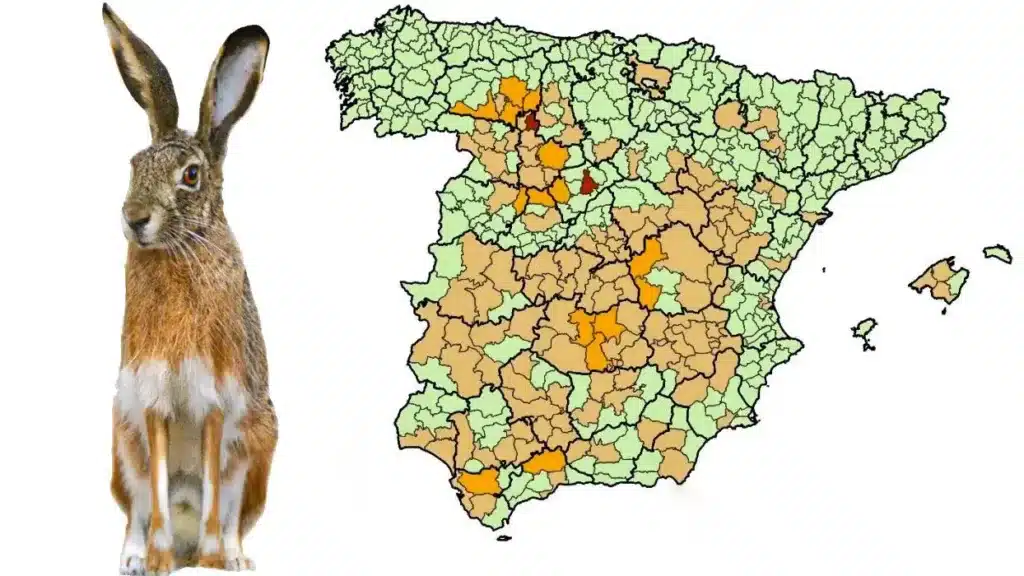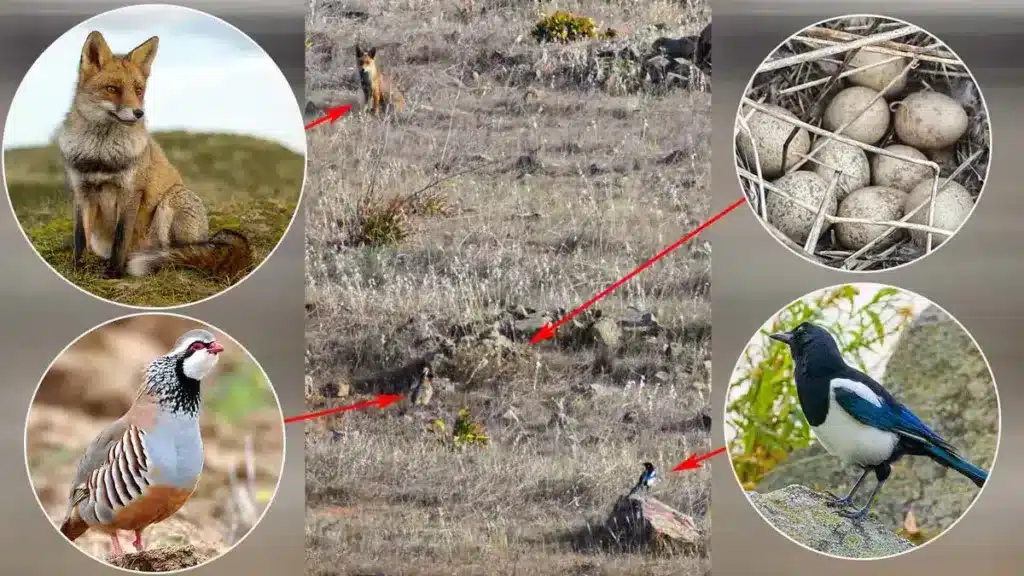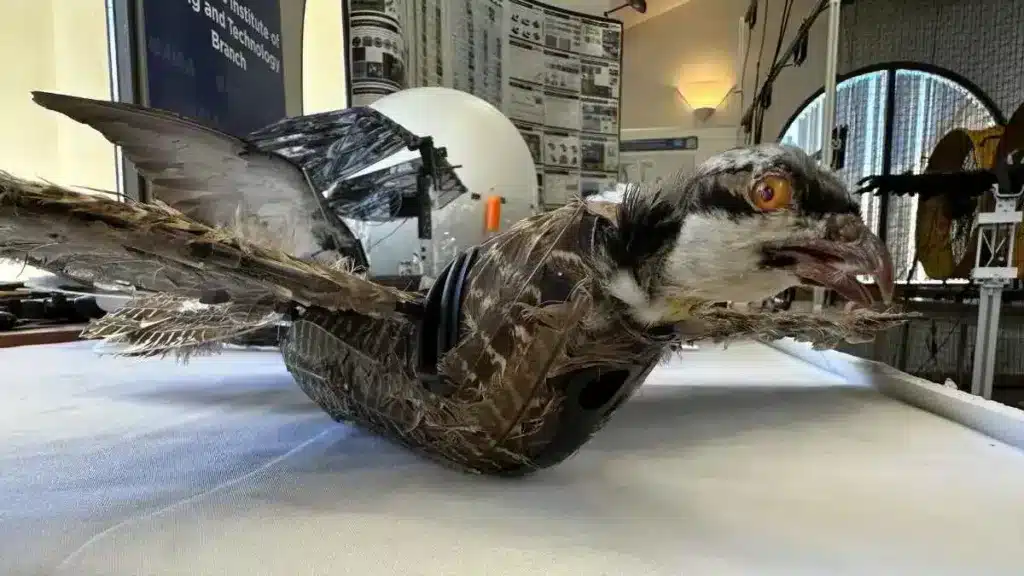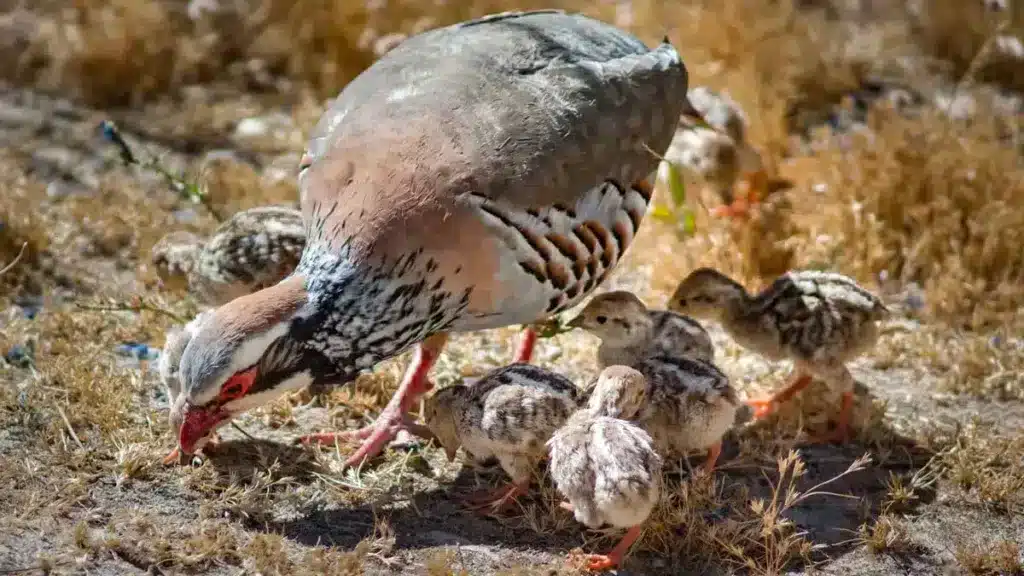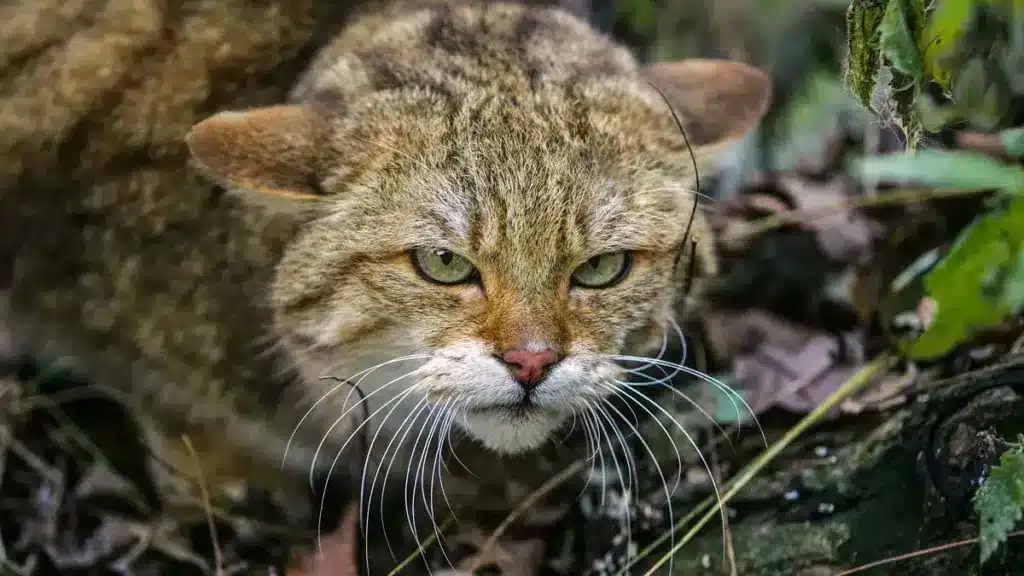It was in the summer of 2018 that people started to talk about it. Then, the first outbreaks of myxomatosis in hares started to appear, something never seen before, and the situation seems to be far from over. So much so that, to this day, new cases of this disease are still being reported. Without going any further, this is one of them.
In those early days, a number of public and private organisations and bodies set out to find out more about the origin of the disease and its impact. That same year, acute deaths were recorded in Iberian hare populations, with mortality apparently exceeding 50% in the areas where it was present.
For this reason, myxomatosis began to be considered a major threat to the health status of hare populations. Thus, a group of researchers from the University of Cordoba, the Instituto de Investigación en Recursos Cinegéticos and the Junta de Andalucía carried out a study to evaluate the main lesions, tissue distribution and target cells of ha-MYXV in Iberian hares.
The results were not at all flattering: “Iberian hares showed a high sensitivity to the development of lesions after ha-MYXV infection, suffering an unusual acute and hyperacute presentation of the disease with high mortality,” they explained regarding the results.
What you need to know about myxomatosis
Given its importance, the first thing to do is to become well informed about it. It is a disease caused by a virus belonging to the genus Leporipoxvirus.
Thus, myxomatosis affects lagomorphs, i.e. rabbits and hares, but the virus that affects both is not exactly the same. However, it is not a zoonosis, so humans cannot suffer from it. It is also very unlikely to occur in other species such as dogs, foxes and ferrets.
The way it is transmitted is through the bites of blood-feeding insects, such as fleas and mosquitoes in particular. Another way of spread, although to a lesser extent, is by direct contact between sick and healthy animals, as well as by objects or materials impregnated with the virus.
Myxomatosis is killing hares in Cádiz
Antonio Beltrán, a hunter in Chiclana, Cádiz, has sent the Jara y Sedal team images of a hare he has found in the area he usually frequents. “Personally, this is the first one I have seen because there are hardly any more, which is why I found it curious,” he says.
“Since 2018, the population has been greatly reduced,” says Beltrán. “Here there were very good farms and many people who were keen to race hares with greyhounds. Right now, the galgueros in the area have disappeared. Some hunters have moved to Seville to hunt there,” he says.
The situation caused by this disease has been critical for the last five years. “There are areas where the hare has practically disappeared. Before, in the Serranía area, there were many, but now it is very difficult to find one. Here the hare is now a species that is hardly hunted at all”, concludes the hunter.
This is the current situation of myxomatosis in hares in Spain
Spain started reporting its first cases in mid-July 2018. Over the following months, the Central Veterinary Laboratory (LCV) in Algete confirmed that this was already occurring in 25 Spanish provinces. In many of the affected areas, the disease showed high mortality rates.
The 2019/2020 vector season saw the confirmation of a total of 227 cases in 31 provinces. In 2020/2021, the number of positives dropped to 87 and the number of affected provinces to 18. Thus, the outbreak appeared for the first time in 12 new counties.
The latest published report refers to the 2021/2022 vector season. Regarding this period, the LCV of Algete confirmed a total of 23 cases of myxomatosis in nine provinces of Spain: Malaga, Cadiz, Ciudad Real, Cuenca, Avila, Leon, Salamanca, Segovia and Valladolid.
The map below shows a comparison between the livestock districts where myxomatosis has been diagnosed in Iberian hares in the previous seasons, from 2018 to March 2021, and the last one, from April 2021 to April 2022.
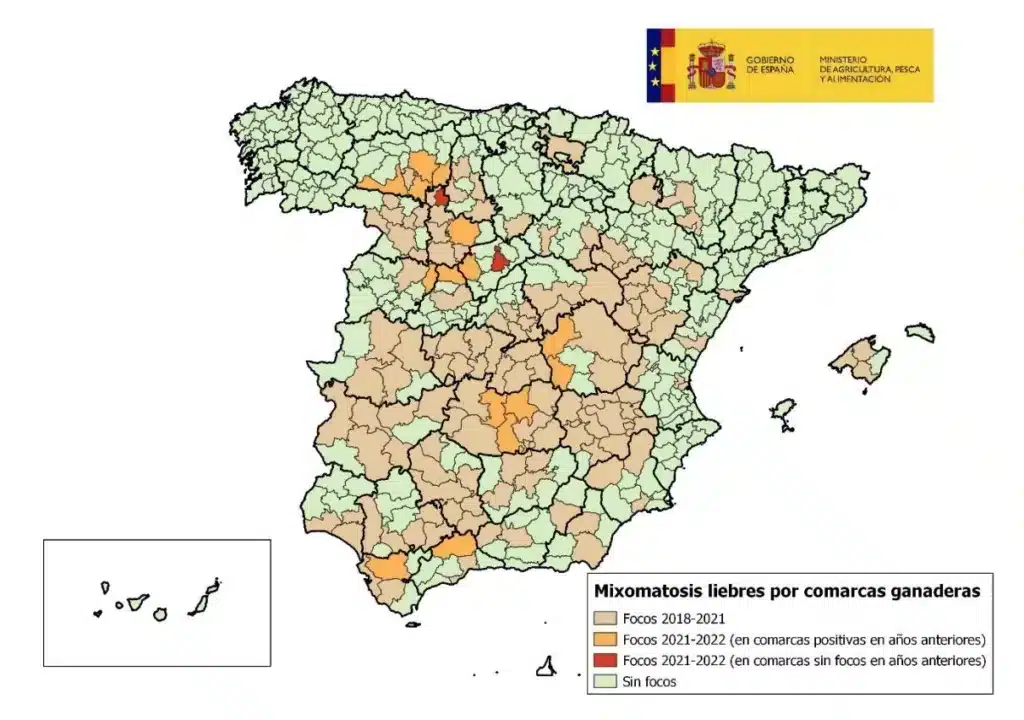
What action has been taken against myxomatosis in hares?
In view of the critical situation, since September 2018 a collaborative project has been promoted between public and private agents to achieve the complete sequencing of the new virus strain. They have also carried out virus pathogenicity studies and epidemiological surveys in the affected hunting grounds.
The results of these studies have determined that the virus that attacks the Iberian hare has particular genetic characteristics, with a genomic insertion that differentiates it from the classic rabbit virus.

